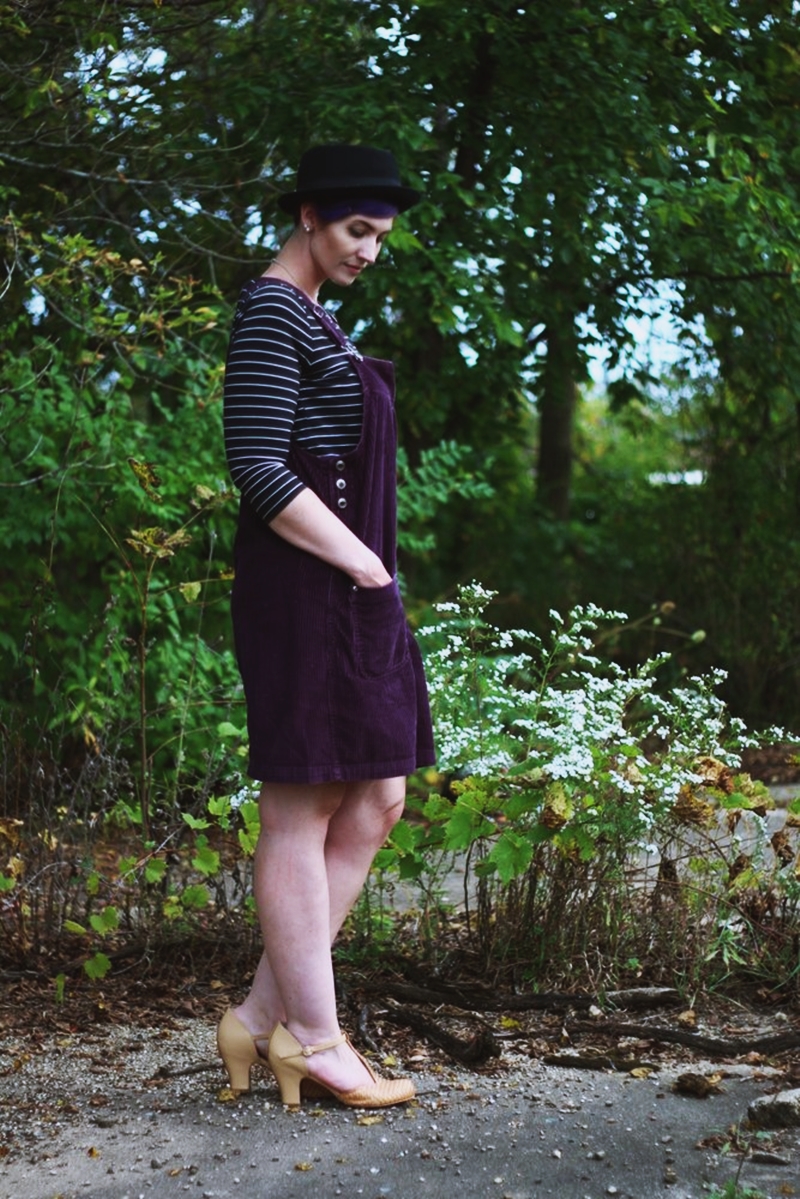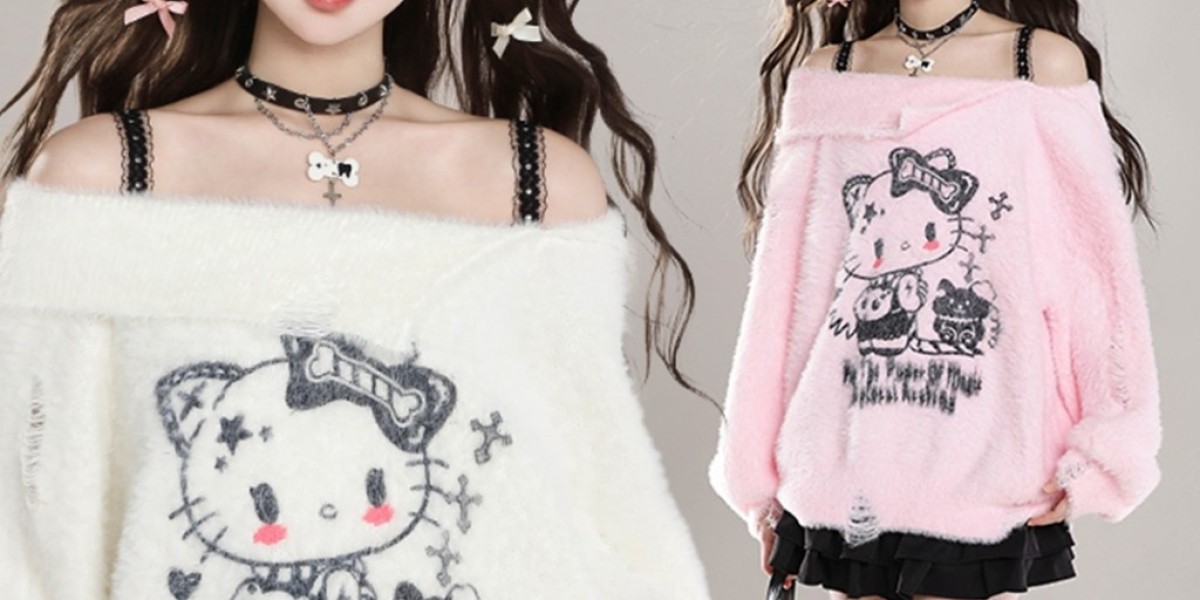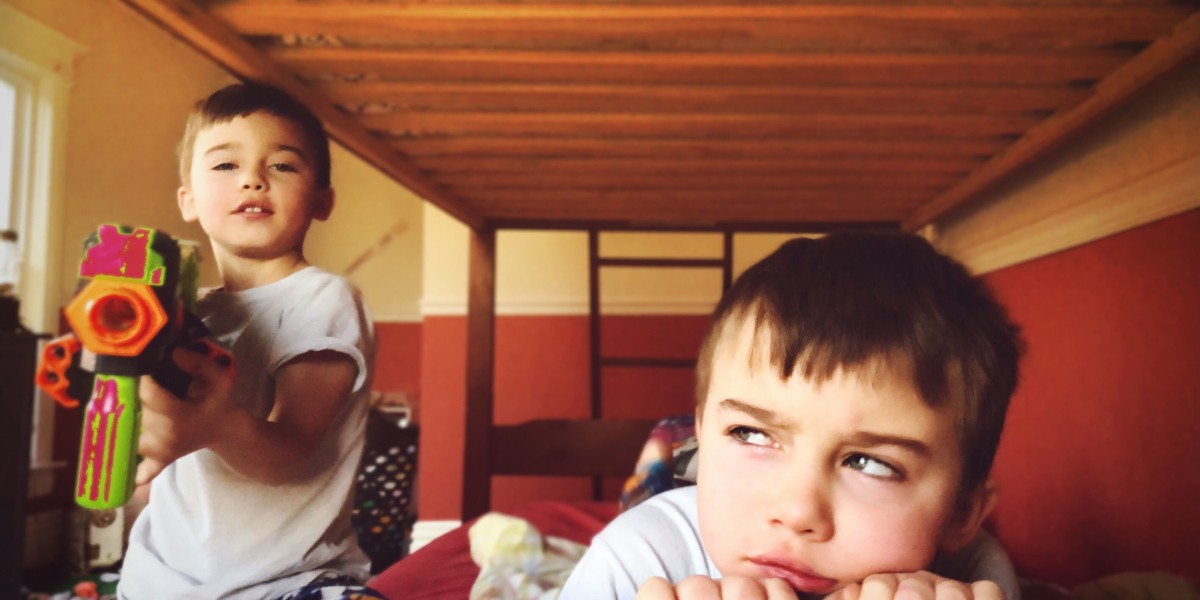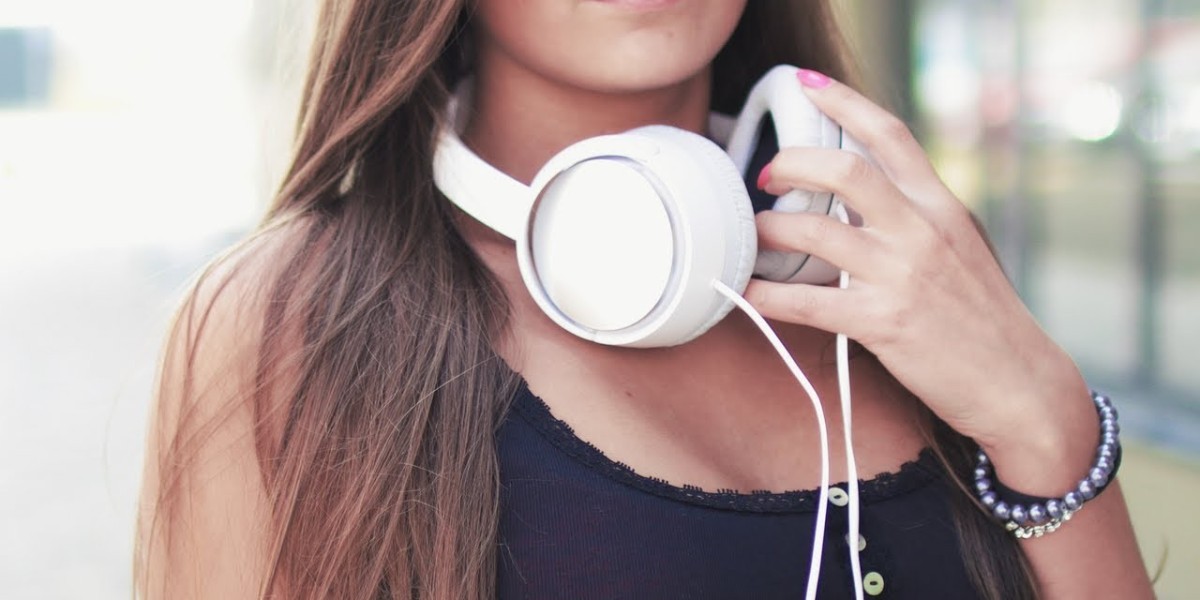Introduction
Aesthetic kawaii outfits have gained significant recognition in recent times, particularly among young individuals who're drawn to the cute and whimsical nature of this vogue pattern. The term "kawaii" originates from Japan and interprets to "cute" or "adorable." Kawaii fashion encompasses a wide range of types, from pastel colors and oversized bows to quirky accessories and playful patterns. In this article, we are going to delve into the scientific elements of aesthetic kawaii outfits and explore the psychological and sociological impact of this unique style pattern.

Psychological Implications
Several research have been conducted to grasp the psychological results of aesthetic kawaii outfits on people who choose to embrace this style. Research has shown that sporting kawaii clothes can improve mood and general well-being. The brilliant colours and cheerful designs related to kawaii vogue are believed to trigger constructive emotions and feelings of happiness. Moreover, donning cute and whimsical outfits can boost shallowness and confidence, as individuals express their unique personalities by way of their clothing decisions.
Furthermore, aesthetic kawaii outfits have been linked to stress reduction and relaxation. The soothing and calming colors typically present in kawaii vogue, similar to pastel pinks and soft blues, can assist people really feel more relaxed and at ease. In a quick-paced and worrying world, the simplicity and innocence of kawaii trend provide a welcome escape for a lot of individuals in search of consolation and solace.
Sociological Impression
The rise of aesthetic kawaii outfits has additionally had a significant sociological affect on society. This fashion development promotes inclusivity and self-expression, encouraging individuals to embrace their creativity and individuality. The kawaii community fosters a sense of belonging and acceptance, where people can connect with like-minded individuals who share a passion for cute and quirky trend.
Moreover, aesthetic kawaii outfits challenge conventional gender norms and societal expectations surrounding trend. Kawaii style is usually gender-impartial, permitting people of all genders to precise themselves freely and with out constraints. By breaking down stereotypes and selling diversity, kawaii trend promotes a extra inclusive and accepting society.
Cultural Influence
Aesthetic kawaii outfits are deeply rooted in Japanese culture, where the concept of kawaii extends past just fashion to encompass a manner of life. Kawaii culture emphasizes the significance of innocence, purity, and cuteness in all facets of life, from clothes and accessories to food and entertainment. The worldwide popularity of kawaii trend reflects a rising interest in Japanese tradition and aesthetics, as individuals all over the world embrace the whimsical and charming nature of kawaii trend.
In recent years, kawaii trend has additionally been embraced by Western cultures, mixing traditional Japanese elements with contemporary trends to create a singular and eclectic type. This cultural fusion highlights the universal attraction of kawaii style and its potential to transcend geographical and cultural boundaries.
Conclusion
Aesthetic kawaii outfits signify greater than just a trend trend – they embody a philosophy of innocence, creativity, and self-expression. The psychological benefits of carrying kawaii clothes embody improved mood, reduced stress, and increased confidence. Sociologically, kawaii trend promotes inclusivity, variety, and self-acceptance, difficult traditional gender norms and societal expectations. Culturally, kawaii fashion displays a growing curiosity in Japanese tradition and aesthetics, as people around the globe embrace the cute and whimsical nature of kawaii trend. In a world stuffed with chaos and uncertainty, aesthetic kawaii outfits present a way of comfort, joy, and positivity for those who choose to embrace this unique and delightful style pattern.








